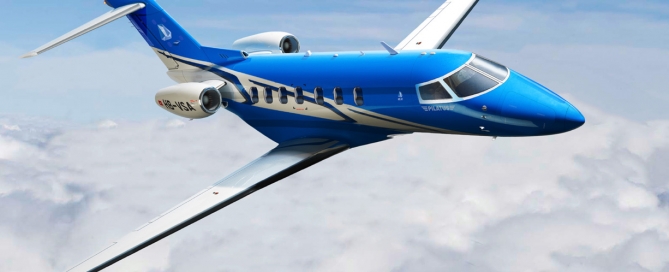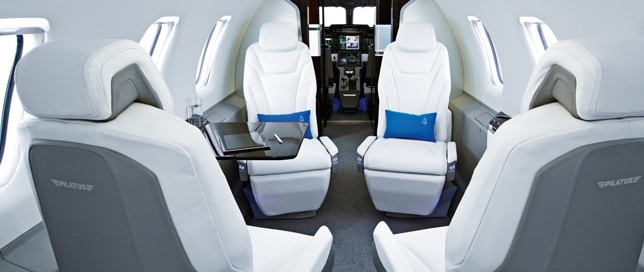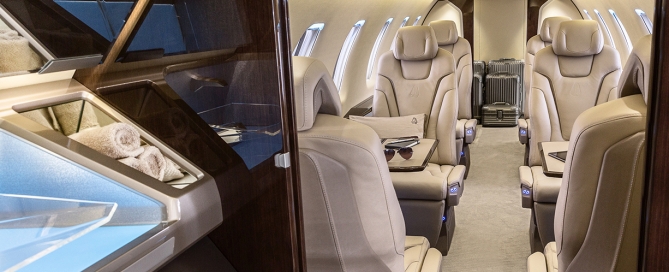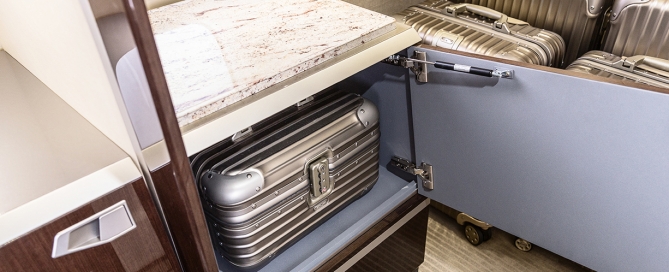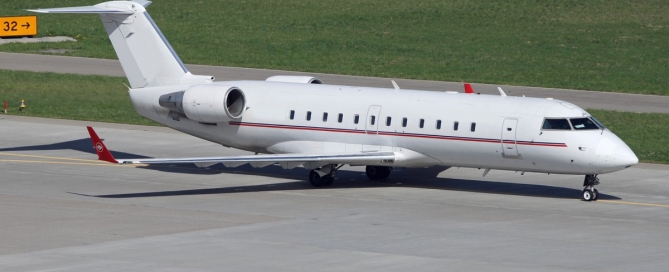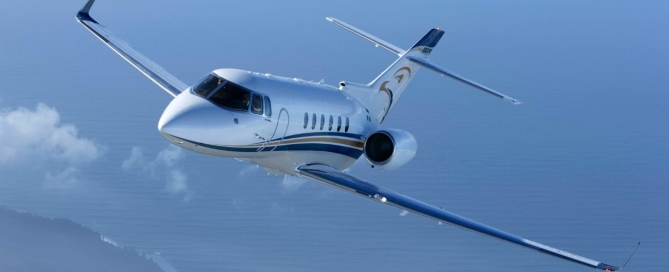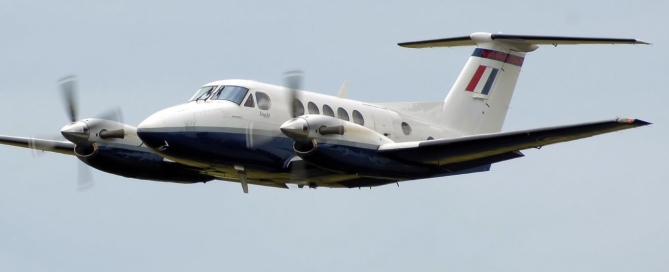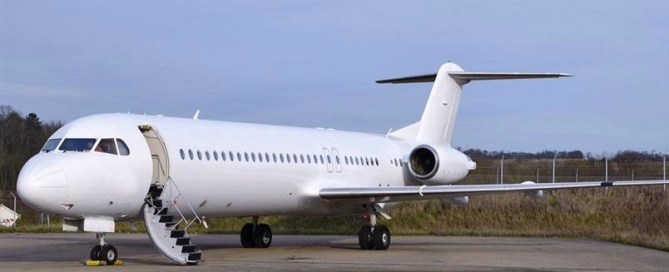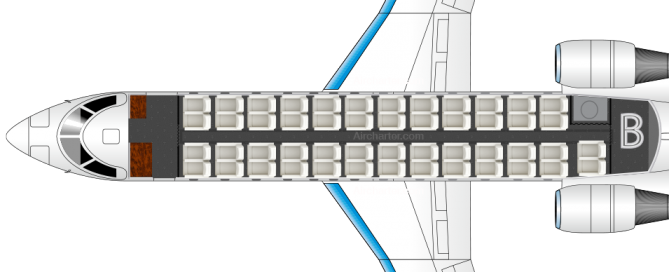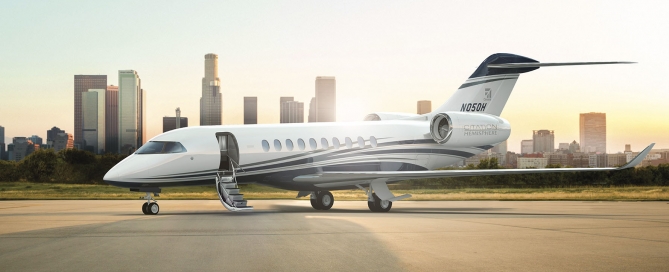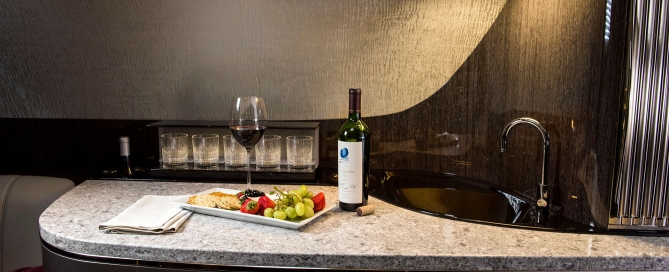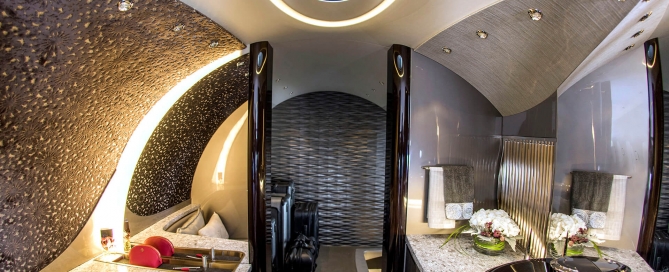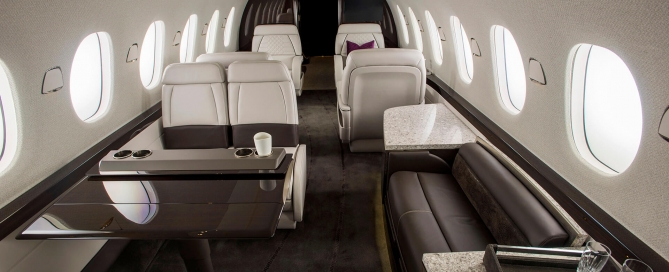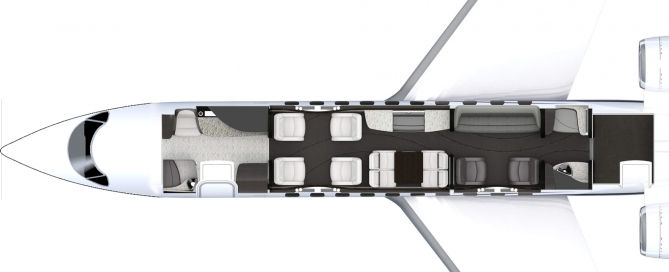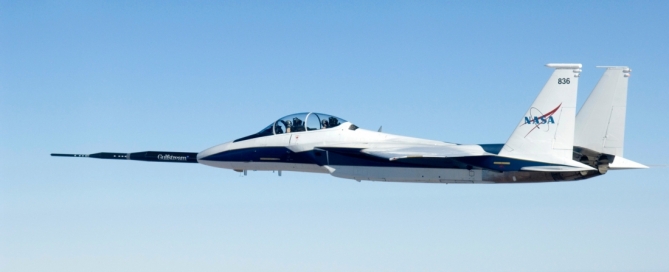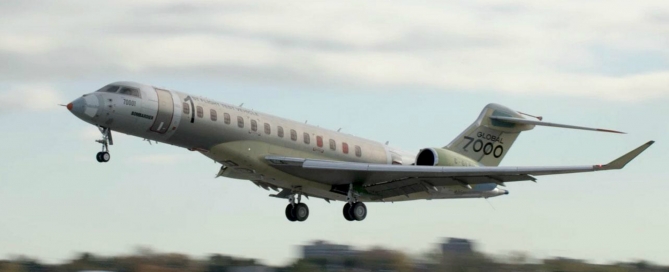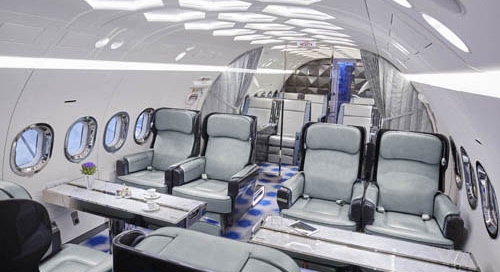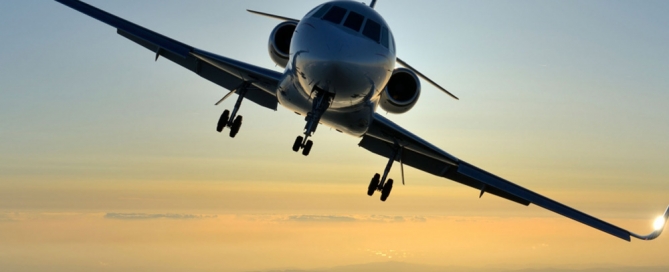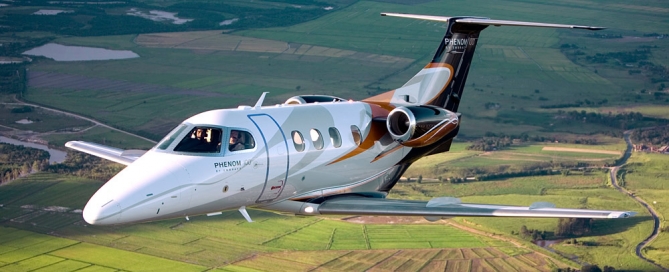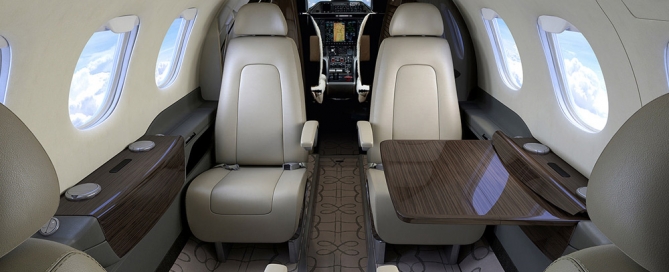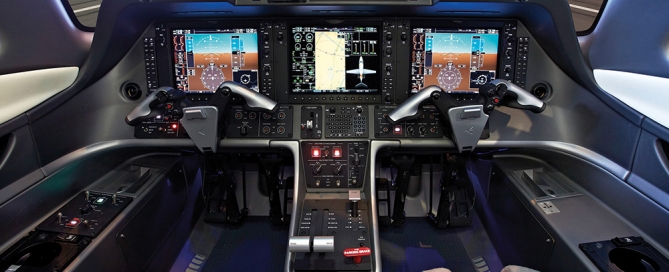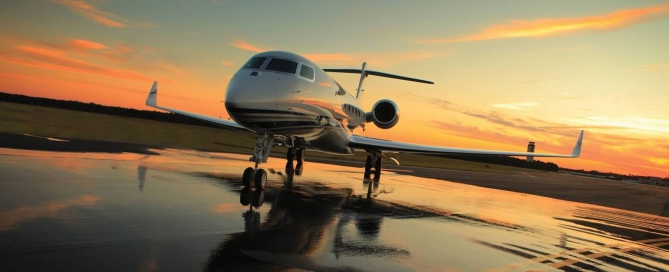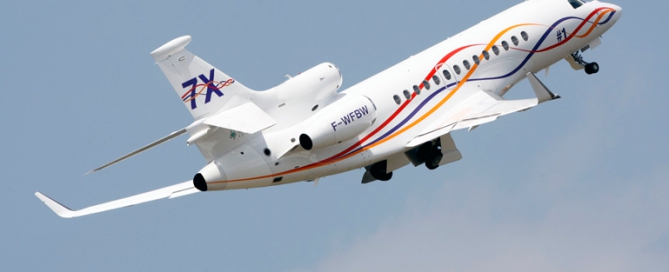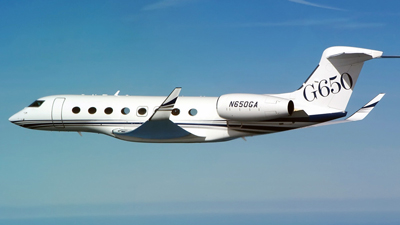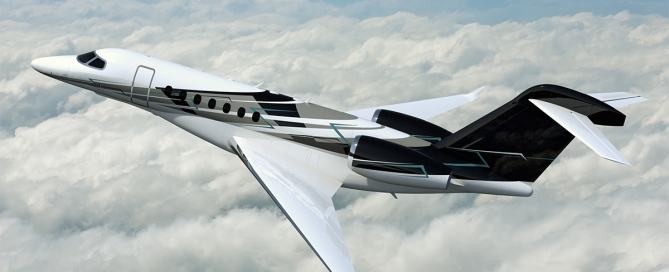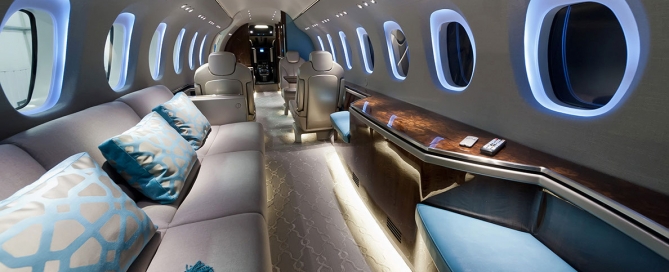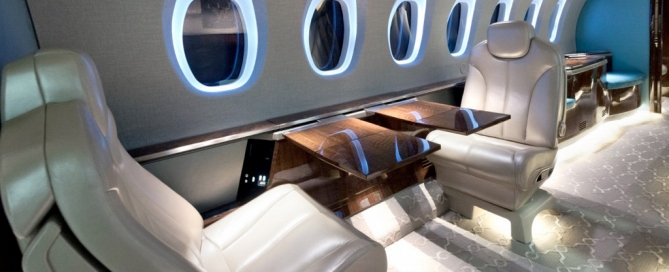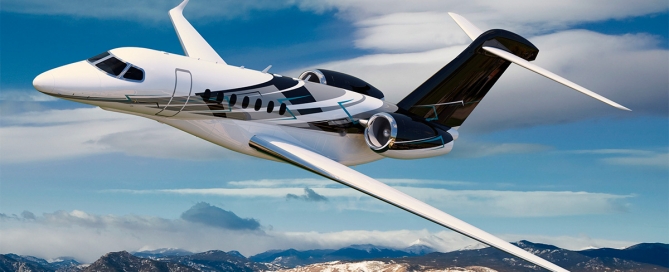Pilatus PC-24
The Pilatus PC-24 is a twin-engine business jet developed by Pilatus Aircraft of Switzerland. The Super Versatile Jet A Class of its own. Every crystal found in the mountains of Switzerland is entirely unique. Just as unique is the Pilatus PC-24, the only aircraft combining the versatility of a turboprop with the cabin size of a medium-light jet, and the performance of a light jet. It’s a plane that simply doesn’t fit into any of the existing business jet categories. That’s why they had to create a new one: the Super Versatile Jet (SVJ) category. The Pilatus PC-24 has been engineered to be “off-road“ compatible from the beginning. Its outstanding short-field performance – even on unpaved runways – opens up an incredible level of mobility. With the Pilatus PC-24, you will have access to almost 100% more airports around the world. That means you can fly closer to your final destination than with any other business jet. You‘ll be able to use smaller airports and avoid massive administrative procedures, and reduce ground transfer time to an absolute minimum. PlaneSense will introduce a new shared jet ownership program when it takes delivery of the first Pilatus Pilatus PC-24 in 2017. The company has been a long term user of the Pilatus PC-12 turboprop. The PlaneSense program is scheduled to receive the first Pilatus PC-24 production model in late 2017, and it has already signed for five more to be acquired thereafter. “Offering a comprehensive fractional jet program with choices of aircraft type to ‘match the mission’ is a natural evolution for the PlaneSense program, and more importantly, it is an expansion that our clients enthusiastically support." George Antoniadis, president and CEO of PlaneSense said: “Offering a comprehensive
 Cessna Citation V
Cessna Citation V Hawker-Beechcraft Hawker 400XP
Hawker-Beechcraft Hawker 400XP Sabreliner Sabreliner 65
Sabreliner Sabreliner 65 Cessna Citation Sovereign
Cessna Citation Sovereign Bombardier Learjet 45XR
Bombardier Learjet 45XR




